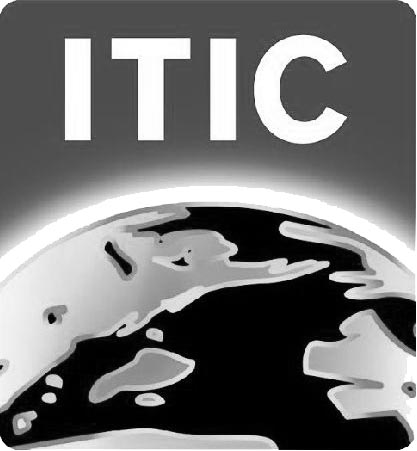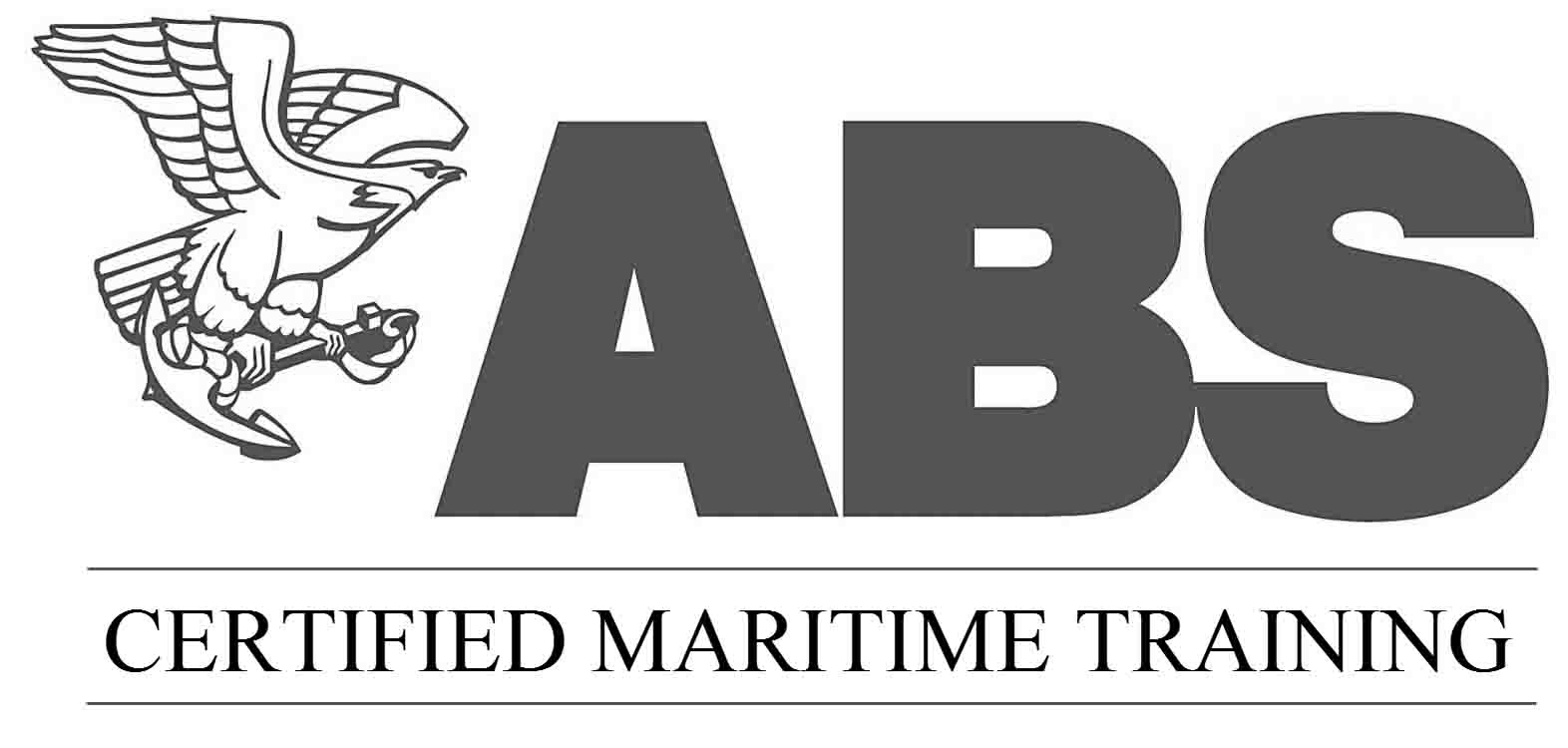Member of
- BiMCO
- Green award
- Helmepa
- Intertanko



30-09-2014
Ship-to-Ship transfer operations are governed by the MARPOL chapter 8 of ANNEX I, latest OCIMF guidelines and IMO manual on oil pollution, section I, prevention chapter 6. These are the references that prescribe the requirements for procedures towards ensuring safety in all aspects, from the vessel nomination and clearance until the completion of the operation. Implementation of the regulations and guidelines take place through Tanker Operators ISM, TMSA procedures, as prescribed in their Safety Management System.
?
IMPLEMENTATION OF POLICIES
ISM procedures and TMSA assessment actions contain the necessary tools for implementing the regulations for the ?proper and detailed planning?1 as well as the post evaluation. Risk assessment procedures should include apart from operational hazards, other risks, associated with the involvement of third parties, such as the Service Provider who provides the POAC and STS Equipment. STS records should be retained for 3 years, as a statutory requirement. Hence, the assessment of such records provides an extra level of valuable information for STS operations. POAC2 screening is included as a procedure at the IMO Manual on oil Pollution and the STS Equipment should be according to ISO 17357:2002. Furthermore, the number and type of fenders as well as rigging pattern, should take place according to OCIMF guidelines.
The quality assurance of third parties is of paramount importance. For this reason OCIMF guidelines provide the ability to the ?users? (i.e. the Master and his Tanker Operator) to exercise their due diligence with respect to the quality of the services of the Service Provider.
The Master should not proceed with the STS Operation, unless he is confident that the operation has been properly planned and that the Service Provider has presented a comprehensive JOINT STS plan which has received the Master?s consent.
?
THE ROLE OF THE MASTER
For all ship to ship transfer operations each Master is responsible at all times for the safety on his own ship, including her crew, cargo and equipment. Each Master must not allow the safety on his ship to be compromised through the actions of others, such as the Service provider and the POAC. Both Masters must ensure that the procedures recommended by latest OCIMF guidelines are followed as a contractual commitment3 and assurance towards safety.
?
COMPLACENCY AND IT'S EFFECT
Complacency is a factor that can not be neglected during STS Operations. Familiarity of seafarers,with the operation, is not always the main root cause for complacency. The most important root cause is considered to be the existence of the service provider and POAC. The presence of an expert relieves the Master and crew and provides a level of assurance that the job will take place with professionalism and according to OCIMF guidelines. However, this is not always the case! Not all Service Providers provide the same level of assurance. As a consequence, if something goes wrong the Master and crew will have the responsibility for not having exercised their due diligence, as they ought to!
In various incident investigations, complacency has been recognized as the "root cause". The source of this information is available to those interested.
?
PROPOSED PRACTICES
STS Operations require proper planning, which starts from the nomination of the participating vessel, and progress with the technical advice to the Master, from his principals. The following procedures are proposed to be followed:
Should you have any questions, kindly contact us.